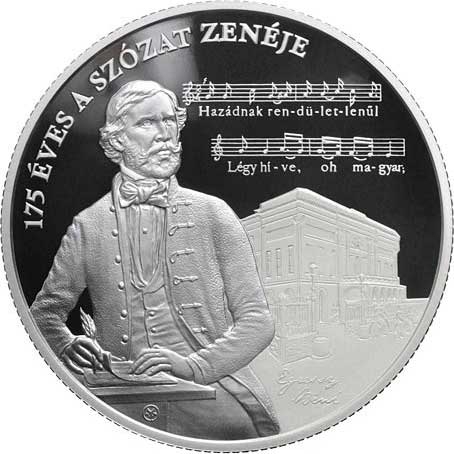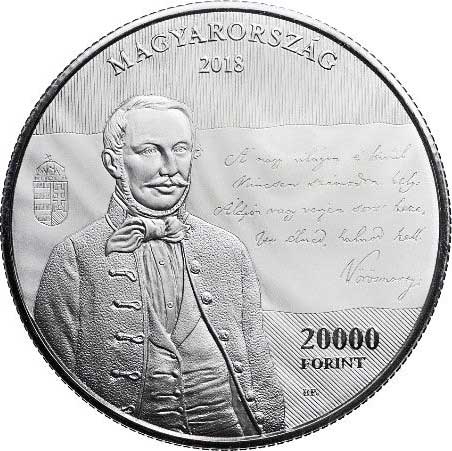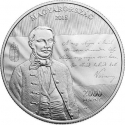You are about to finish your registration. Please check your mailbox (including spam folder). There should be a letter with a confirmation link. Check setting to make sure that your e-mail address is correct.
Send letter againDescription
The "Szózat" (translated as "Appeal" or "Summons" in English) is a significant Hungarian patriotic anthem, recognized alongside the Himnusz as a symbol of national pride. Typically, only the first two stanzas are sung during national celebrations. While the official anthem opens ceremonies, the Szózat traditionally concludes them.
Mihály Vörösmarty wrote the poem in 1836, and it was published in 1837 in the almanac Aurora. Béni Egressy composed the music for the poem in 1843, after Endre Bartay, the director of the National Theater, announced a prize for setting it to music. The work premiered on May 10, 1843, at the National Theater. The Szózat is also considered Hungary's second national anthem. For a long time, there was a debate over whether the Himnusz or the Szózat should be the Hungarian national anthem. In 1843, the Pesti Hírlap referred to the poem as "the nation's song of peace and war."
Engraver: Gábor Kereszthury
Obverse

|
Depicts a detail from the painting "Egressy Béni" by Miklós Barabás. In the background, the building of the former National Theater is visible. To the upper right of the depiction, there is a detail of the sheet music for "Appeal" with the text. Below, in two horizontal lines, is the signature of Béni Egressy. Along the edge, in a semicircular inscription aligned to the left, the text "175 YEARS OF THE MUSIC OF APPEAL" is visible. At the bottom, integrated into the depiction of the painting detail, the engraver's privy mark can be seen. 175 ÉVES A SZÓZAT ZENÉJE |
|---|---|
Reverse

|
Depicts Mihály Vörösmarty's half-length portrait, with the national flag in the background. To the left, there is a depiction of Hungary's coat of arms. To the right, a text excerpt from the original manuscript of Szózat – the last stanza – is visible, along with Mihály Vörösmarty's signature. At the top edge, in a semicircular inscription, is the word "HUNGARY," and below it, in the center, is the issue year "2018." To the right of the portrait, at the bottom – arranged in three horizontal lines to the left – the denomination, the inscription "FORINT," and the "BP." mint mark can be seen. Under at least tenfold magnification, micro-engraving becomes visible within the mint mark. MAGYARORSZÁG |
| Edge |
20 000 Forint
KM# 957 Adamo# EM356
Related coins
175th Anniversary of the Musical Composition of the Szózat



